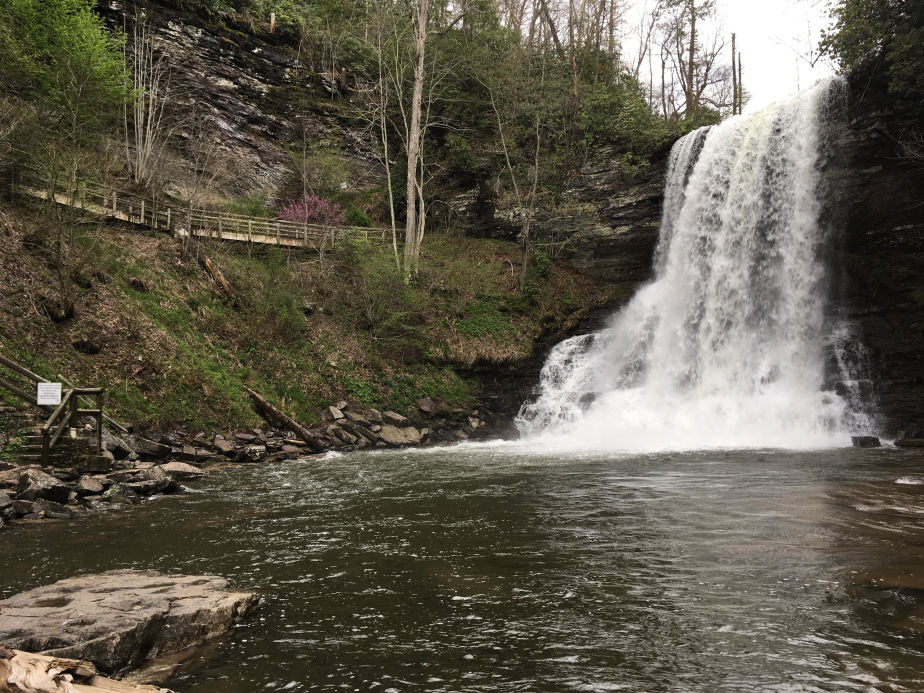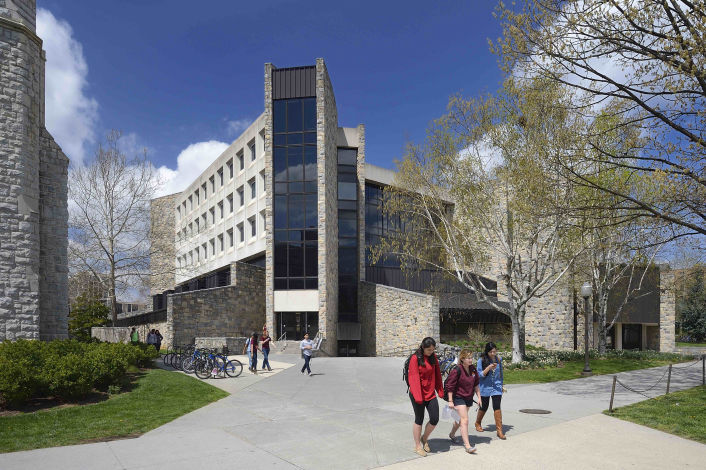
Nature around Blacksburg

Conference Site
Dates: May 20-24. 2019
Venue: Virginia Tech Blacksburg Campus (map), New Classroom Building 320 (walking directions from Residence Inn).
Food Recommendations: Google map with some suggestions. The map is editable, please go ahead and put in places or comments.
Transportation: Flying: We recommend that participants fly into the Roanoke-Blacksburg Regional Airport (ROA), approximately 45 minutes from Blacksburg. Roanoke-Blacksburg Regional Airport is the closest airport to the Virginia Tech campus and offers a variety of major airlines to choose from.
Transportation from the airport to Blacksburg: Virginia Tech Blacksburg campus is about a 45 minute drive from the airport. We will try to arrange a few shuttle vans to pick participants from the airport. Other transportation options include, the Smartwaybus, the Roanoke Airport Transportation Service, Uber and Lyft. For more information see the Roanoke-Blacksburg Regional Airport's page on ground transportation.
Sessions: There will be about 25 full-time talks. Additionally there will be a poster session and a short talk session (the length of the short talks will be decided based on the number of speakers).
About: The aim of this conference is to provide both a state-of-the-art and recent advances in the several intertwined directions in mathematical physics: Adiabatic approximation, Many-body localization, Molecular dynamics, Periodically driven quantum systems.
The theory of adiabatic evolution describes non-autonomous systems driven by slowly varying external forces and autonomous systems possessing two widely separated time scales. Adiabatic evolutions play a role in the diverse branches of physics. The recent development of quantum annealers and experimental progress in manipulation of cold atom systems require understanding of adiabatic theory for many body systems. Last year have seen the first rigorous results in this direction.
Recent experimental advances in synthetic quantum systems also yield a rich new insight on the structure and behavior of highly non-equilibrium quantum matter, such as thermalization and its breakdown in integrable and many-body localized systems. Another emergent direction is the usage of periodic driving to control and manipulate states of both solid-state and synthetic quantum systems. This approach has been fruitful in enhancing superconductivity, and in creation of topological states in optical lattices.
Even simplest models (e.g. spin chains) used to describe such systems pose considerable analytical and numerical challenges, due to the fact that the number of degrees of freedom involved grows exponentially fast with the size of the system. Last years have seen the first rigorous results pertaining to localization and periodic driving in many body quantum systems.
In molecular quantum mechanics, one studies systems that have electrons and nuclei that have much larger masses. In some practical instances, these discrepancies of mass allow one to do an approximate separation of variables when solving the associated Schrödinger equation. The difficulty with these type of problems are again related to the large number of degrees of freedom, as one tries to solve the time-dependent Schrödinger equation with 3n space dimensions if there are n nuclei whose motion is being studied.
The conference will bring together specialists with varying backgrounds whose work lie at the intersection of topics mentioned above. We hope that during the conference new connections between different aspects of the analysis of such systems will be revealed, leading to conceptual insights and synthesizing new analytic approaches.
Local organizing comittee: Alex Elgart, Martin Fraas, Jake Fillman
International advising committee: Alain Joye, Vojkan Jaksic, Bruno Nachtergaele, Barry Simon, Simone Warzel

Nature around Blacksburg

Conference Site